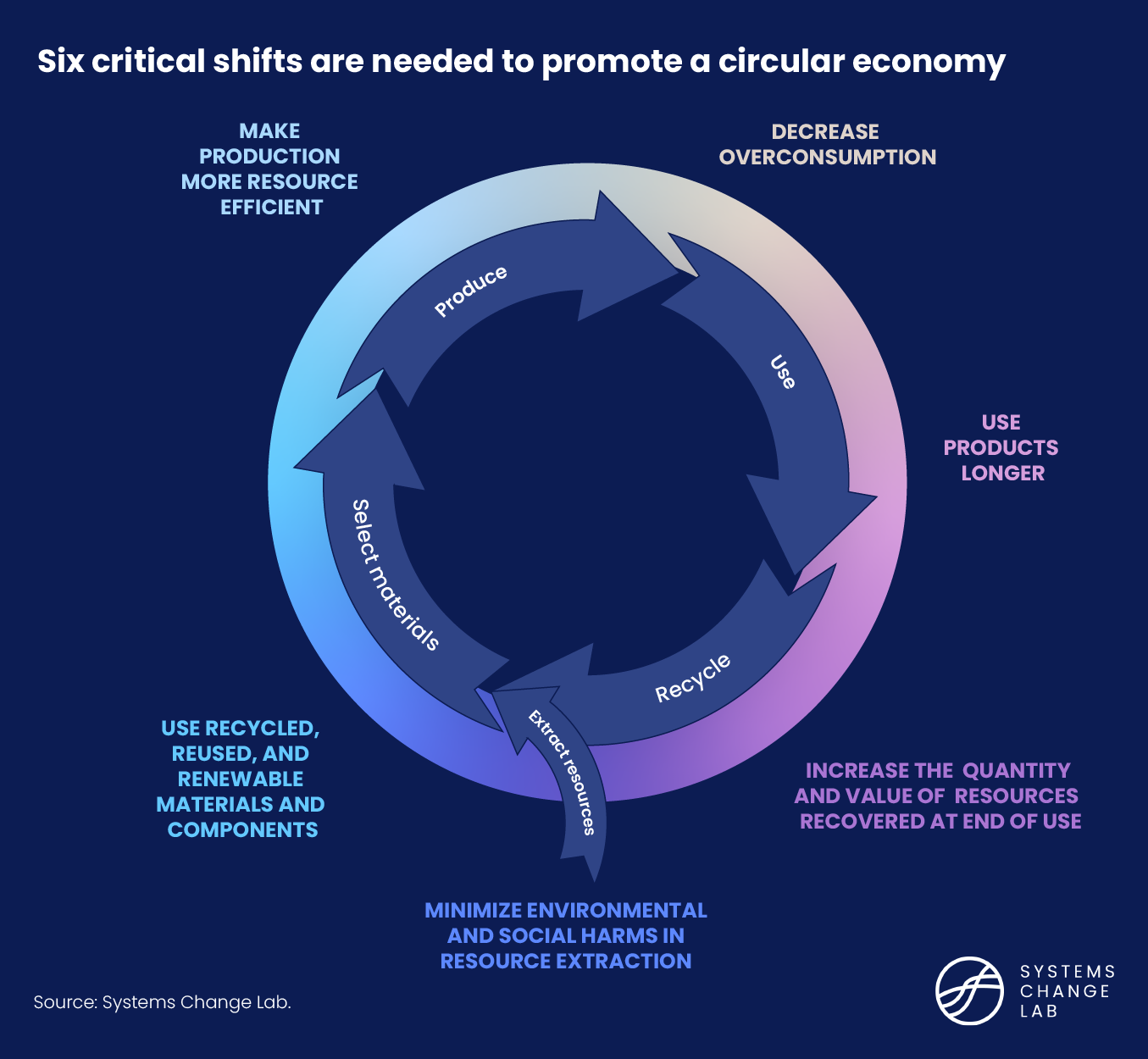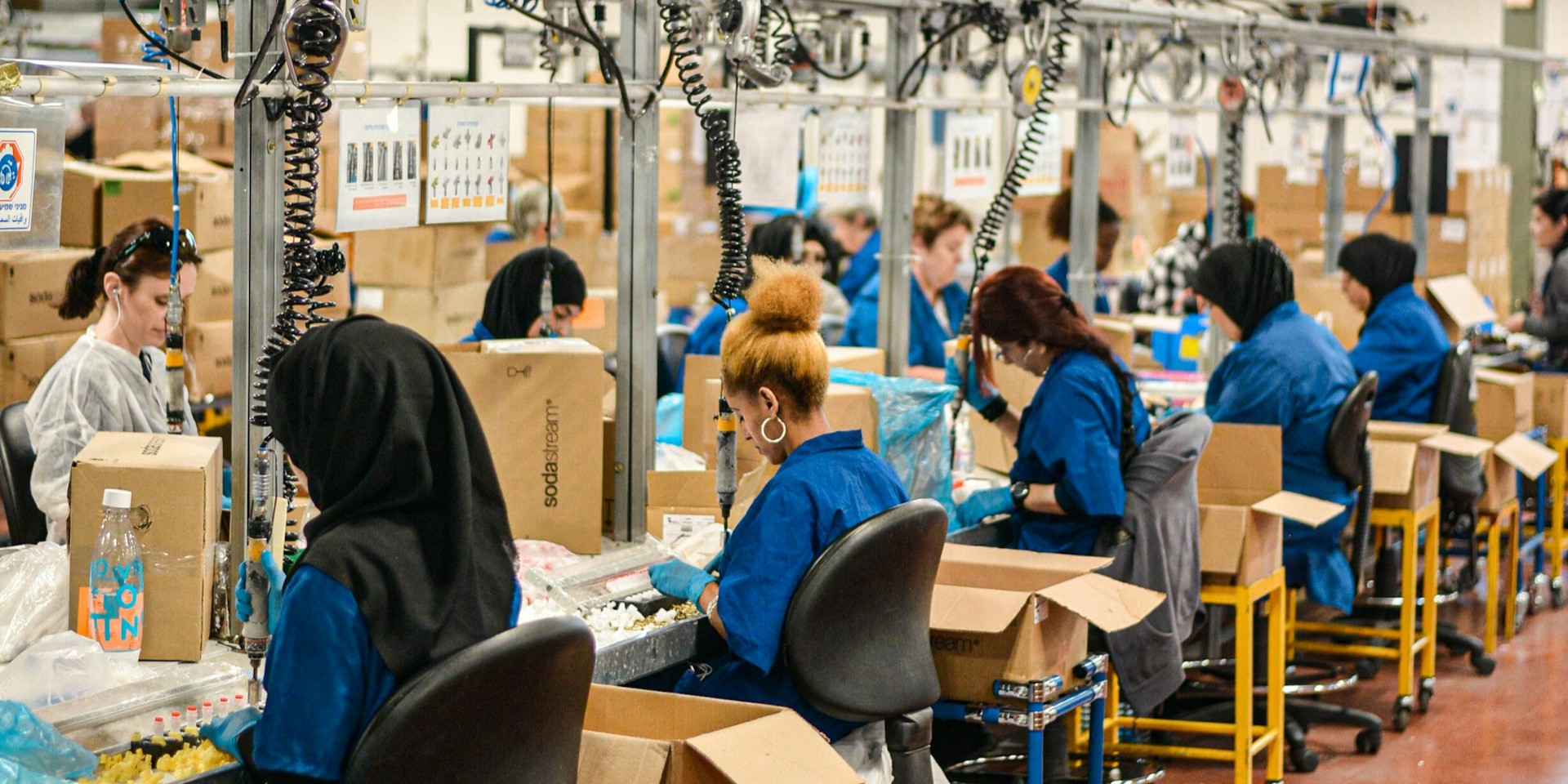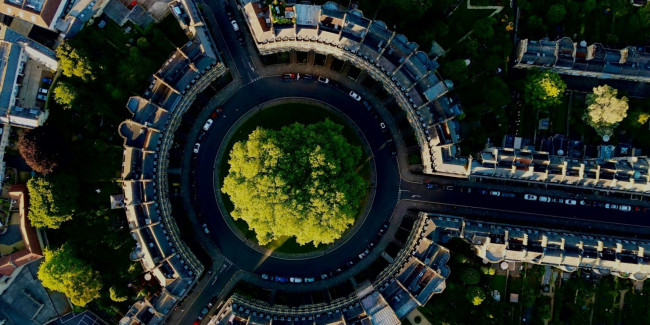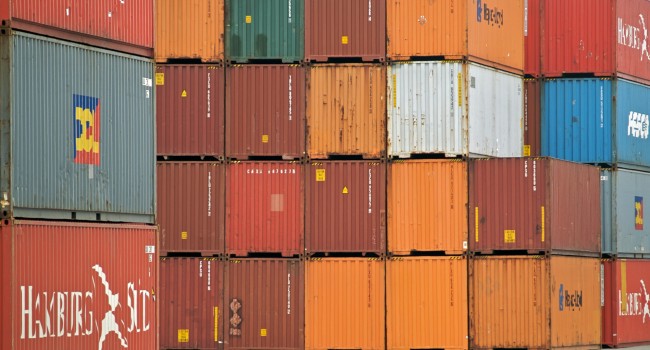A closer look at the circular economy system
A circular economy is needed to reduce overconsumption.
As opposed to the historical “take-make-waste” linear economy, a circular economy is centered around “reduce, reuse and recycle.” The first of these three elements, to reduce overconsumption, is the most important because Earth cannot sustain increasing use of resources, such as minerals, fossil fuels and biomass, even if they are reused and recycled.
Global resource use has more than tripled since 1970, causing environmental and social harms ranging from biodiversity loss to human rights concerns in mining. For example, material resource extraction and processing accounts for over 55% of climate change impacts, up to 40% of airborne particulate matter health impacts, 90% of water stress and 90% of land-use related biodiversity loss. During the period 2000 to 2022, increasing affluence became the single largest driver of the growth of global resource use, followed by population increase.
While technology previously served to decrease resource use in all seven regions across the world, it has now driven increases in two regions. If historical trends continue, global resource use would grow by 60% from 2020 levels by 2060, contrary to the target of reducing global material resource consumption by more than half by 2050.
Reducing overconsumption is also necessary to ensure equitable access to resources. Currently, 55% of the material footprint in the world is being consumed by 26% of the global population — and global resource consumption per capita is not decreasing. In 9 of the top 15 consuming countries, the material footprint per capita increased from 2012 to 2022.
Avoiding unnecessary consumption and scaling alternatives such as sharing and servicing will need to become a new standard of the economy. It is also important that companies improve material productivity.
Closing material circulation loops needs to be accelerated.
For system change toward a circular economy, products and their materials must be kept in circulation at their highest value for as long as possible. “Closing the loop” is done in two stages: recovering and retaining the value of the materials and components from waste products, and then using them to make new products. This displaces the sourcing of virgin, non-renewable materials that otherwise would have been used and reduces the consequential environmental impacts of extracting these materials.
The utilization of previously used components or parts, recycled materials and renewable materials is a key aspect of the circular economy because it will reduce the burden on sourcing new materials, such as copper from copper ore and plastic from fossil fuels. This can only occur if there are sufficient amounts of recycled materials and used components that are recovered and available. For biological products, resources that are sustainably managed and will be regenerated should be used.
Materials and components for reuse and recycling must be separated from waste streams so that maximum net value is gained. Recovering parts that can be used in remanufacturing a product typically has a higher net value than producing recycled materials because of the additional resources, such as energy, needed in the recycling process.
Overall, recycling rates of waste materials are increasing, but not fast enough. For example, data shows that the recycling rate of total waste generated in the European Union (EU) increased from 53% in 2010 to 58% in 2020. However, recycling data is not consistently defined or monitored around the world, making it difficult to understand the global status of recycling. In addition, even countries advancing circular economies, such as those in the EU, use recycled materials for only about 11% of their total material use. Acceleration of the use of recycled materials is necessary. It is also crucial that manufacturing companies start using materials that can be easily reused or recycled. For example, most plastic products cannot be reused for the same quality of products because of the mix of many materials in them. In other words, the design phase of products is just as important as the recycling stage.
Use products longer
Longer use of products is another key aspect of the circular economy, as it slows down the material circulation. Extending the product life defers the need to replace the product and therefore reduces the need for additional resources. It also reduces total emissions that come with the manufacturing process in the period by reducing the amount of production.
Data related to the longer use of products is fragmented or not monitored in a comparable way. More efforts related to monitoring as well as actions for durable design and better access to repair are necessary.
Interconnections between shifts and with other systems
The six shifts in this system are deeply connected to each other and should not be considered independently. Otherwise, the loop cannot be closed and effective reduction of resource use cannot be achieved. For example, recycling at the end-of-use stage must be paired with increased use of recycled materials if a truly circular economy is to be realized. Another example is that even if a new production technology improves resource efficiency, it may create a rebound effect of increasing resource consumption because of lower costs.
Implementing a circular economy will help propel the world toward the goals of limiting climate change to 1.5 degrees C (2.7 degrees F), protecting biodiversity and promoting equity. For example, building design using less new/virgin material and food loss reductions can both significantly contribute to the reduction of greenhouse gas (GHG) emissions. Minimizing environmental harms in resource extraction is directly related to the goal of protecting biodiversity because it reduces associated burdens on ecosystems. Longer use of products can contribute to limiting climate change to 1.5 degrees C, but may be contradictory in certain cases. For example, in some cases GHG emissions may be reduced by promptly switching to a product that is energy efficient rather than extending the life of an old product. Reducing overconsumption of resources helps to ensure equitable access to resources.
It is vital to take a systems lens to understand these connections and trade-offs to enable a circular economy.

A circular economy is built off of the life stages of materials (inner circle) and six shifts for realizing a circular economy (outer circle). Materials’ life is formed in a circular manner in a circular economy, and the six shifts are linked to each other like a chain. Each shift is related mainly to one or two life stages.



